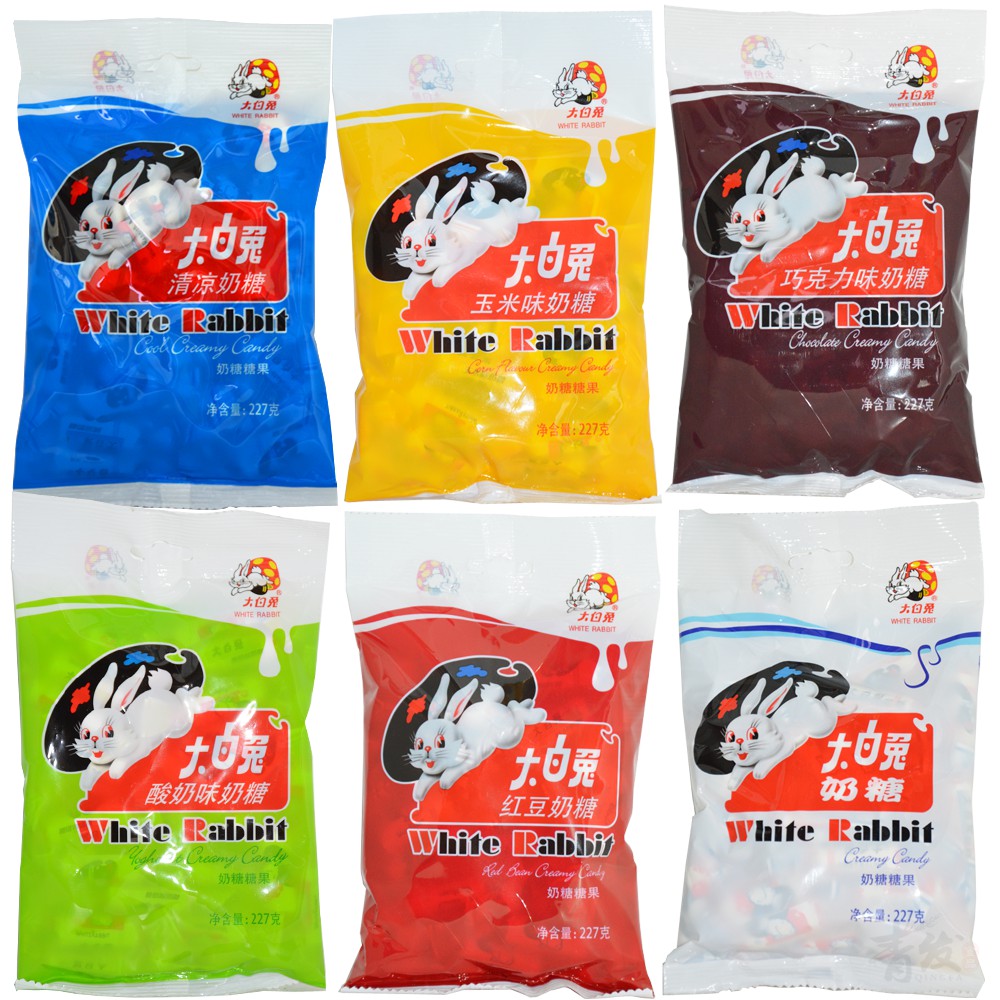
Pete continued to appear in the company's advertising campaigns for 50 years. In April 1939, Popsicle Pete was introduced on the radio program Buck Rogers in the 25th Century as having won the "Typical American Boy Contest." The character told listeners that they could win presents by sending wrappers from Popsicle products to the manufacturer. In 1989, Good Humor, now a subsidiary of Unilever, bought the rights to the Popsicle. "I was flat and had to liquidate all my assets," he recalled years later. In 1925, Epperson sold the rights to the Popsicle to the Joe Lowe Company of New York.

Good Humor reserved the right to manufacture these products from ice cream, frozen custard, and the like. Popsicle agreed to pay Good Humor a license fee to manufacture what was called frozen suckers from ice and sherbet products. By October 1925, the parties settled out of court. Six months after receiving a patent for the Popsicle, Good Humor sued Popsicle Corporation. Popsicles were originally sold in fruity flavors and marketed as a "frozen drink on a stick." Lawsuit and sale He renamed it to Popsicle, allegedly at the insistence of his children. By 1924 Epperson had received a patent for his "frozen confectionery" which he called "the Epsicle ice pop". In 1923, Epperson began selling the frozen pops to the public at Neptune Beach, an amusement park in Alameda, California. In 1922, he introduced the creation at a fireman's ball, where according to reports it was "a sensation". That night, the temperature dropped below freezing, and the next morning, Epperson discovered the drink had frozen to the stick, inspiring the idea of a fruit-flavored "Popsicle".

He accidentally left it on the back porch overnight, with a stirring stick still in it. In 1905 in Oakland, California, 11-year-old Francis William "Frank" Epperson was mixing a powdered flavoring for soft drinks with water.


 0 kommentar(er)
0 kommentar(er)
